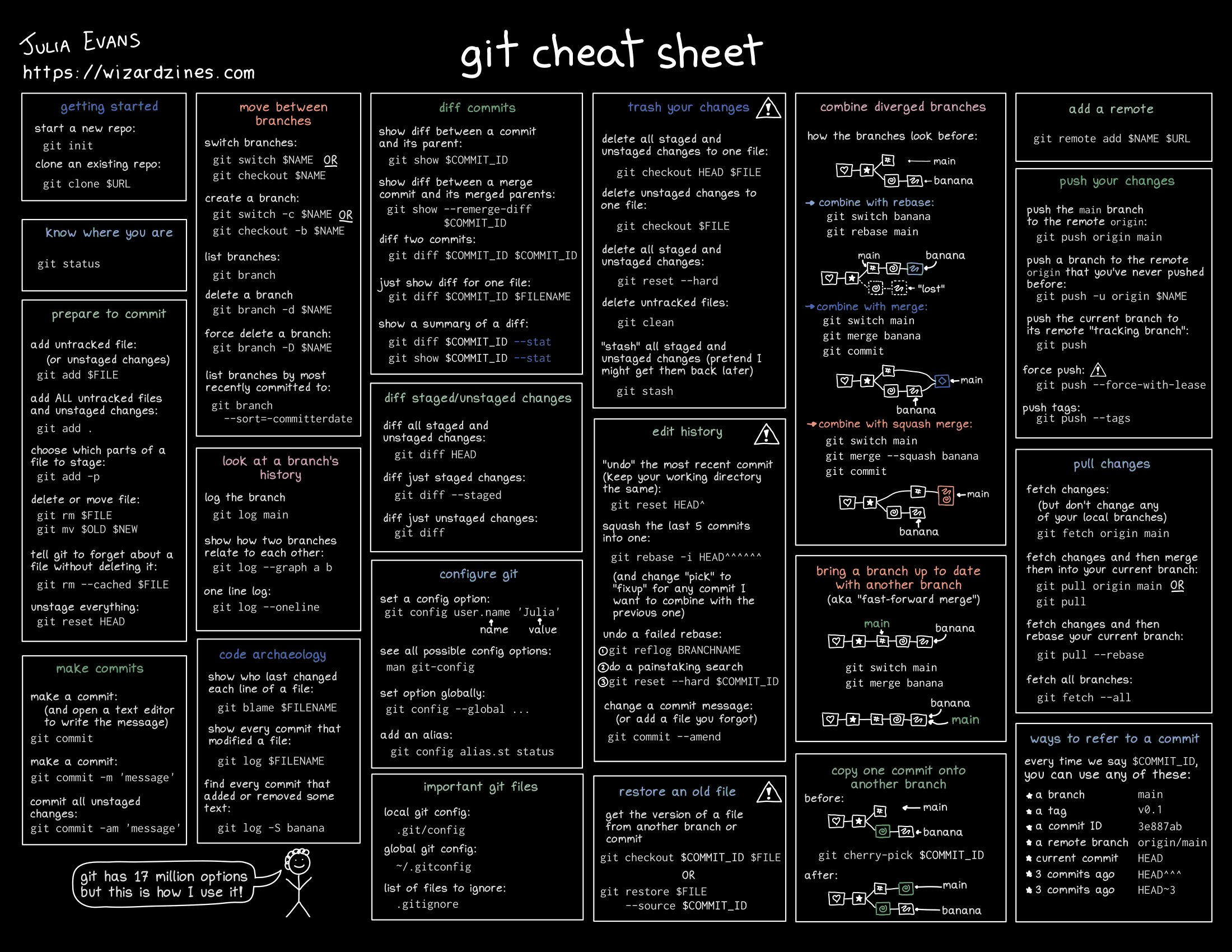I have a little helper command in ~/.zshrc called stfu.
stfu() {
if [ -z "$1" ]; then
echo "Usage: stfu <program> [arguments...]"
return 1
fi
nohup "$@" &>/dev/null &
disown
}
complete -W "$(ls /usr/bin)" stfu
stfu will run some other command but also detach it from the terminal and make any output shut up. I use it for things such as starting a browser from the terminal without worrying about CTRL+Z, bg, and disown.
$ stfu firefox -safe-mode
# Will not output stuff to the terminal, and
# I can close the terminal too.
Here’s my issue:
On the second argument and above, when I hit tab, how do I let autocomplete suggest me the arguments and command line switches for the command I’m passing in?
e.g. stfu ls -<tab> should show me whatever ls’s completion function is, rather than listing every /usr/bin command again.
# Intended completion
$ stfu cat -<TAB>
-e -- equivalent to -vE
--help -- display help and exit
--number -n -- number all output lines
--number-nonblank -b -- number nonempty output lines, overrides -n
--show-all -A -- equivalent to -vET
--show-ends -E -- display $ at end of each line
--show-nonprinting -v -- use ^ and M- notation, except for LFD and TAB
--show-tabs -T -- display TAB characters as ^I
--squeeze-blank -s -- suppress repeated empty output lines
-t -- equivalent to -vT
-u -- ignored
# Actual completion
$ stfu cat <tab>
...a list of all /usr/bin commands
$ stfu cat -<tab>
...nothing, since no /usr/bin commands start with -
(repost, prev was removed)
EDIT: Solved.
I needed to set the curcontext to the second word. Below is my (iffily annotated) zsh implementation, enjoy >:)
stfu() {
if [ -z "$1" ]; then
echo "Usage: stfu <program> [arguments...]"
return 1
fi
nohup "$@" &>/dev/null &
disown
}
#complete -W "$(ls /usr/bin)" stfu
_stfu() {
# Curcontext looks like this:
# $ stfu <tab>
# :complete:stfu:
local curcontext="$curcontext"
#typeset -A opt_args # idk what this does, i removed it
_arguments \
'1: :_command_names -e' \
'*::args:->args'
case $state in
args)
# idk where CURRENT came from
if (( CURRENT > 1 )); then
# $words is magic that splits up the "words" in a shell command.
# 1. stfu
# 2. yourSubCommand
# 3. argument 1 to that subcommand
local cmd=${words[2]}
# We update the autocompletion curcontext to
# pay attention to your subcommand instead
curcontext="$cmd"
# Call completion function
_normal
fi
;;
esac
}
compdef _stfu stfu
Deduced via docs (look for The Dispatcher), this dude's docs, stackoverflow and overreliance on ChatGPT.
EDIT: Best solution (Andy)
stfu() {
if [ -z "$1" ]; then
echo "Usage: stfu <program> [arguments...]"
return 1
fi
nohup "$@" &>/dev/null &
disown
}
_stfu () {
# shift autocomplete to right
shift words
(( CURRENT-=1 ))
_normal
}
compdef _stfu stfu



Ty for feedback :>
Your paragraph read well. I definitely agree -- grammar with risks, outside of hyper-formal sitches, is just stylized diction. ChatGPT could scarcely come up with an e.e. cummings poem (just tested now, it never gets the style about right), nor dare to abuse parentheses, nor remove cruft for conciseness (e.g. to start a sentence with "Kind of changed" instead of "This kind of changes" for compression (woot)). It's a "wrong" but not quite "wrong", and I'm glad that "riskless" manages to carry that feeling
And I edit a lot too :) it's the "post-email-send clarity" effect